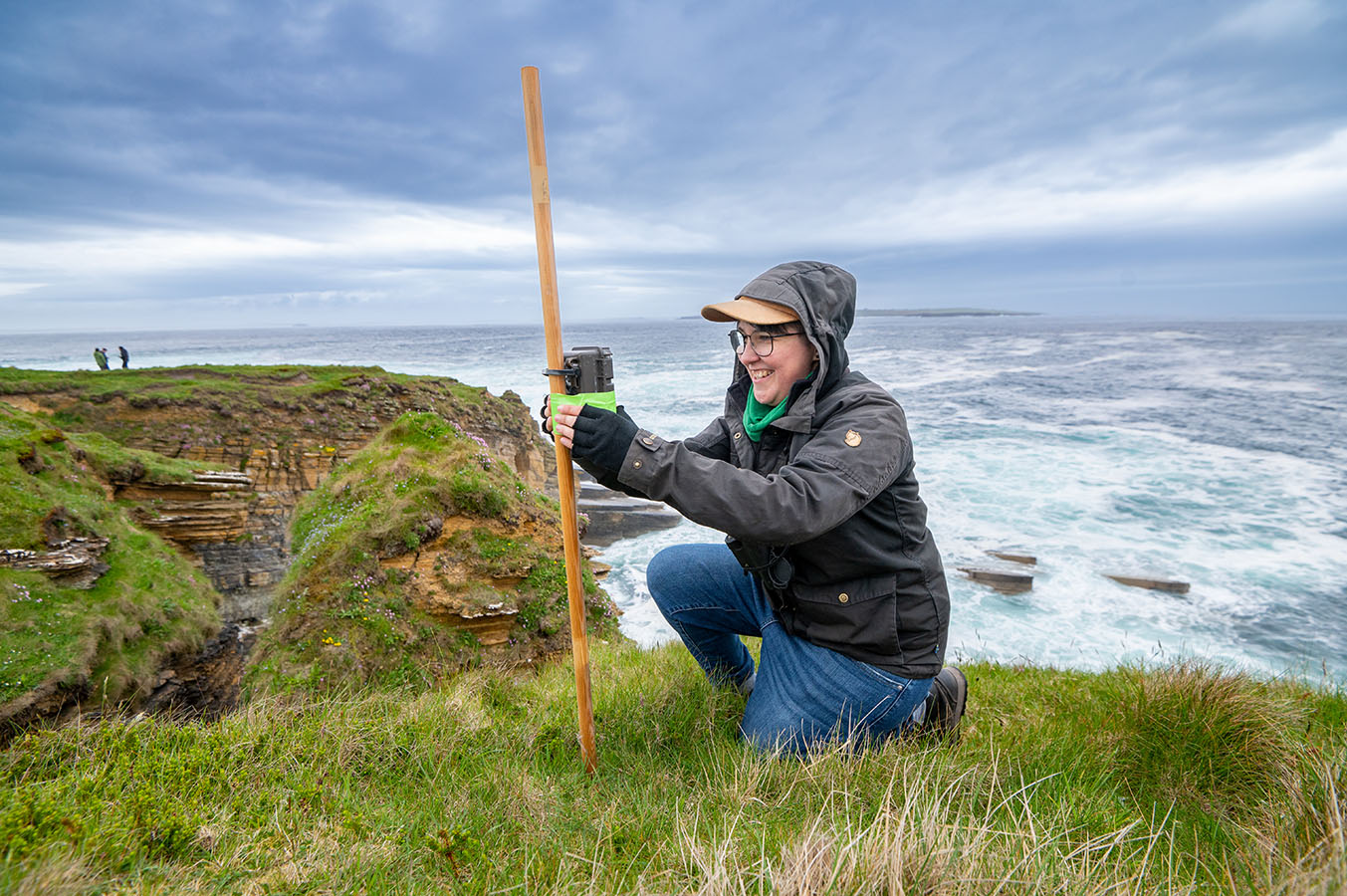How innovation can help accelerate the shift to renewable energy and keep nature in mind
Important new research, published in the ICES Journal of Marine Science, outlines how we better understand the environmental impacts of offshore wind farms on marine ecosystems. This includes using fish migration patterns to estimate the future location of seabirds and mammals – and avoid potential risks of conflict with the wind farms.

The research forms part of the PREDICT programme, which combines academic analysis with industry innovation to investigate the impact of climate change on sea life using novel, minimal impact and low-carbon techniques. Entitled ‘A paradigm for understanding whole ecosystem effects of offshore wind farms in shelf seas’ the research is the first of its kind.
It lays out how we can, more rapidly and with low-carbon approaches, understand the impacts of offshore wind energy on coastal seas and the knock-on effects on fish, marine birds and mammals and the interactions with climate change.
Given the recent decision at the United Nations Climate Change Conference, COP 28, to transition away from fossil fuels, it is increasingly urgent to develop renewable energy systems which work alongside the natural environment.
Dr. Natalie Isaksson from the University of the Highlands and Islands said: “Tackling climate change is the most important challenge of our time. However, in building the infrastructure to address it in the form of offshore wind farms, we must also conserve our vital ecosystems.
“This research provides a strategy for developers and researchers to follow to ensure this happens.”
Professor Beth Scott from the University of Aberdeen said: “Having spent my life attempting to understand how marine ecosystems function, I’m excited to be a part of the process to find ways that our seas can play a vital and balanced role in combatting the threat of climate change.
“Strategic research is a critical part of the jigsaw to ensure that large-scale offshore renewable energy can co-exist within an ecologically sustainable approach.”
David Bould, Head of the UK and IE Innovation Hub at Ørsted, said: ”Scaling up renewable energy is a key part of the solution in protecting our planet. Ørsted is leading the charge on innovative ways to generate green energy and combat climate change whilst protecting nature.”
PREDICT is a collaboration between the Environmental Research Institute at the University of the Highlands and Islands, and the University of Aberdeen, and Ørsted developed to address knowledge gaps.
It is just one example of how innovation can accelerate the shift to renewable energy: in this case by more rapidly assessing and putting into context the potential threats to sea life, thus speeding the path to consent for renewable energy projects.